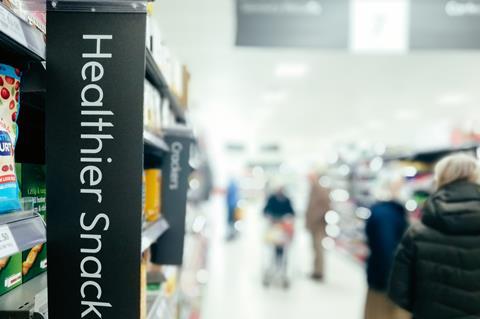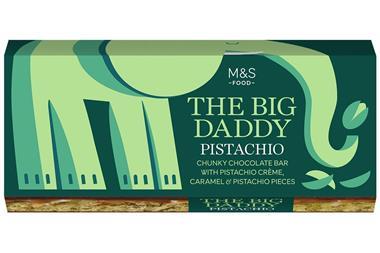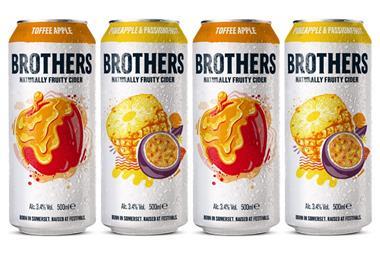
The term ‘UPF’ represents what’s broken in our food system much more accurately than the decades-old HFSS system. That’s a seismic change for policymakers to digest, and for many a deeply inconvenient truth – one that, this time, doesn’t look as if it’s going away.
This new-found awareness of UPF is the result of years of relentless campaigning by ‘Team Twin van Dimble’: Chris van Tulleken and Henry Dimbleby.
In simple terms, they argue UPF is just not a proxy for HFSS, and can only lead to the bleak, inescapable conclusion that HFSS is no longer fit for purpose – if it ever was. Chris van Tulleken’s eloquent prop of a can of Coke featuring three green traffic lights demonstrated that perfectly at the Lords hearing last week. And it helps explain why calorie-driven reformulation hasn’t helped at population level. Just ask the NHS.
Those still feigning not to know what UPF denotes are being deliberately hyper-literal in order to muddy what’s otherwise pretty clear water. The term UPF was never created to be the lightning rod it’s become, and never intended as a tool for regulation, so of course it’s full of holes around the edges. Rather, its job is to provide a lens through which to view our food system and the harm it’s doing to our health.
At face value, Henry Dimbleby’s plea during the same Lords hearing – for a complete ban on advertising for all HFSS products – seemed to be both logical and public-spirited. His endgame is for UPFs to become extinct, replaced by alternatives that are, in theory, automatically healthier simply by dint of not fitting into a strict definition of how they’re made, and not being made by the food industry as we know it.
The problem is, that’s not exactly a route to feeding 10 billion people by 2050. So whilst this is a completely understandable impulse, the terrifying danger is that by doing so we would be throwing out a pretty healthy baby with the muddied bathwater.
Read more:
-
Million customers a month abandoning UPFs, finds Grocer survey
-
Henry Dimbleby calls for total ad ban on UPF and HFSS food
-
GSCOP-style fines proposed for supermarkets in war on calories
-
Scottish companies face most draconian clampdown yet on HFSS
The cost of food as a percentage of income, even with the cost of living crisis, has never been lower than now. The human ingenuity behind achieving that is extraordinary – as Dimbleby says, both miracle and disaster. It’s how we manage to provide billions with stomachs full of food they love and can afford – inconceivable to previous generations. The next step is not to row backwards on this achievement, eliminating both negative and positive, but to work on accentuating the latter while diminishing the former. It can be done, and the science to do this is already being pioneered in the UK.
What seems to scare both policymakers and industry is that the current Twin van Dimble message is actually pretty fatalistic: that the food industry as we know it cannot be part of any healthy future. Whereas exciting UK-based innovation in nutrition science is already bearing fruit. It’s set to transform the food system and come to the rescue of the food manufacturers. But this innovation sits outside HFSS orthodoxy, of course. And more crucially, it will still look and feel and taste like UPF, but this time for all the right reasons. It will never get off the ground if UPFs are demonised to extinction.
The policy action needed now is not an advertising ban, but a commitment to review the outdated Nutrient Profiling Model that sits behind HFSS and the traffic light system, the one that currently incentivises the weaponising of aspartame for a coveted green light.
If policymakers could only seize the moment created by the UPF debate and take progressive action quickly, they could put the UK food industry back at the forefront of creative invention, solving one of humanity’s greatest challenges. In so doing, they could unlock a new golden era for our world-renowned advertising industry too, but this time for good.



















No comments yet